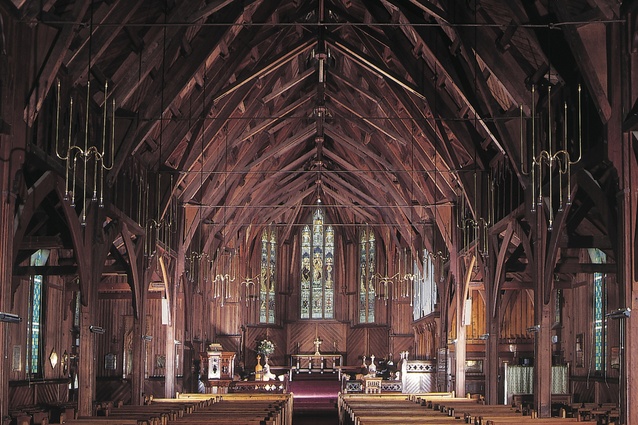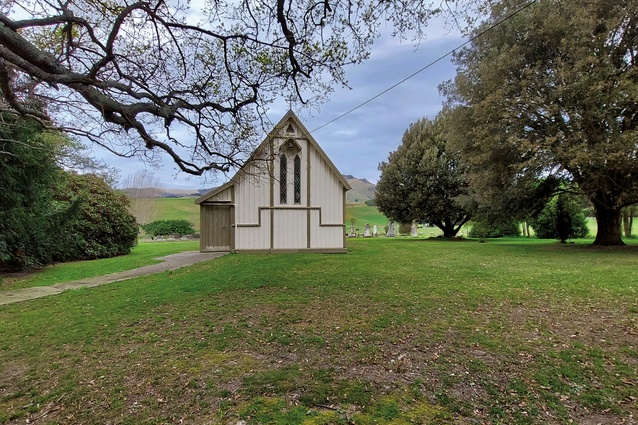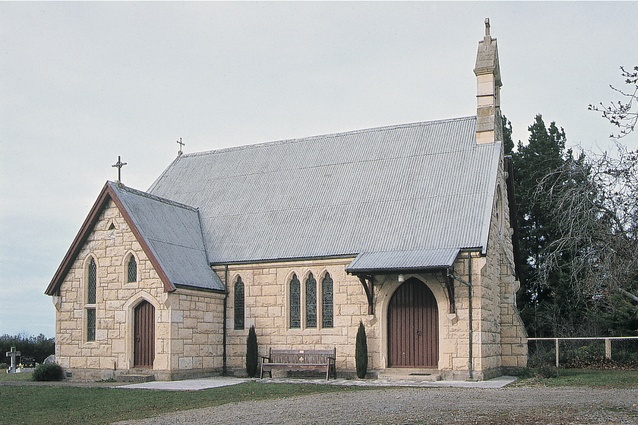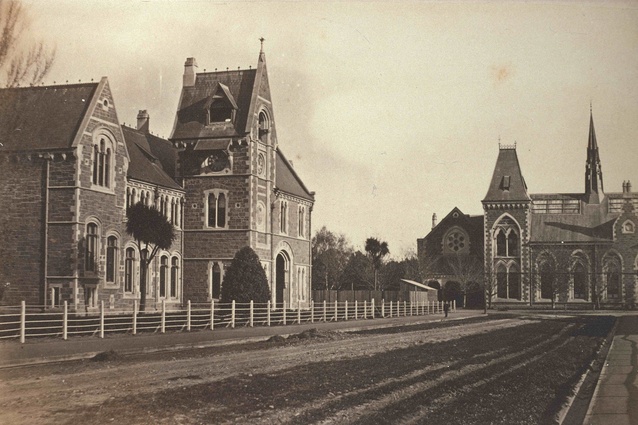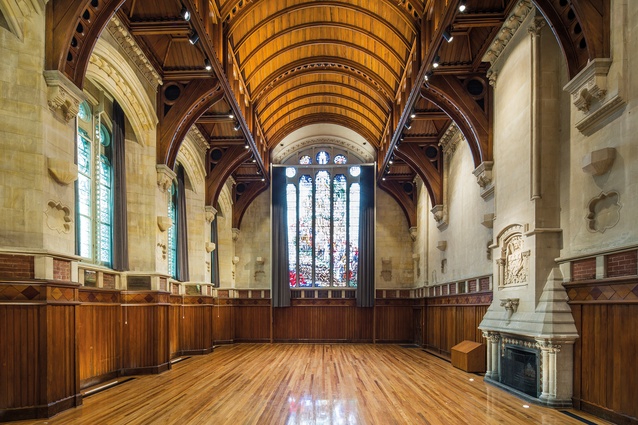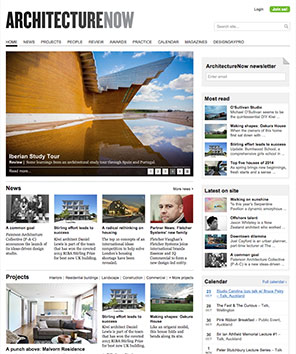Benjamin Woolfield Mountfort 1825–1898: A bicentennial tribute
Former associate professor of art history at the University of Canterbury, Ian Lochhead, pays tribute to one of the “founding fathers” of New Zealand architecture, 200 years after his birth.
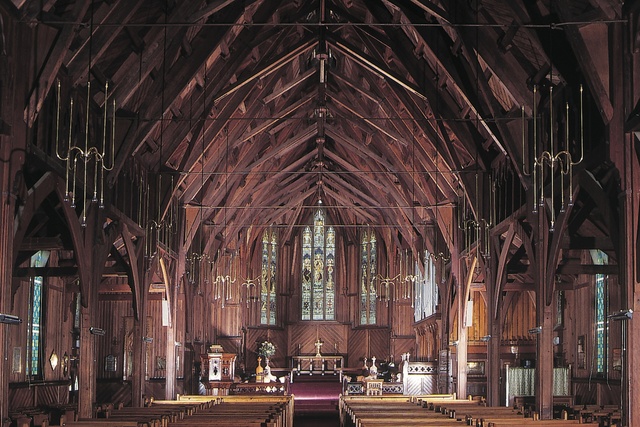
When St Mary’s Pro-Cathedral in Parnell was consecrated on 25 August 1898, it was described as “second to no building of the kind in the colony, and in point of design, completeness and beauty reaches a high level mark not yet approached in the diocese”. This was a tribute that came too late for the architect, Benjamin Mountfort, who had died earlier that year on 15 March, just two days after his 73rd birthday. St Mary’s was his last, and certainly his largest, timber church and, arguably, one of the finest timber Gothic churches in the world. Within New Zealand, it is larger and more unified in design than Frederick Thatcher’s Old St Paul’s in Wellington and more organically conceived as a timber structure than is William Fitzjohn Crisp’s St Michael and All Angels in Christchurch. Neither Richard Upjohn’s timber churches in the United States nor Edward Medley’s in New Brunswick, Canada, are its equal. St Mary’s is, in fact, the culmination of more than 50 years of ecclesiologically inspired timber church building in New Zealand, one of this country’s outstanding contributions to world architecture.
Benjamin Mountfort was born in England, 200 years ago on 13 March 1825. He grew up in Birmingham, where, as a teenager, he witnessed the construction of Sir Charles Barry’s and Augustus Welby Pugin’s Edward VI Grammar School on the opposite side of the street from where he lived. Barry and Pugin’s collaboration was, effectively, a dress rehearsal for their later and better-known partnership on the Palace of Westminster in London, the first great building project of the Victorian period. Mountfort absorbed Pugin’s writings from an early age; his personal copy of Pugin’s True Principles is inscribed with the date 1841, the year of its publication. He trained with the leading Gothic Revival architect Richard Cromwell Carpenter and, in all probability, Carpenter’s church designs for British colonies inspired Mountfort to emigrate to the Canterbury Association’s New Zealand settlement in 1850. He arrived in Lyttelton on 16 December 1850 and, apart from a return trip to England in 1883, he remained in Canterbury for the rest of his life.
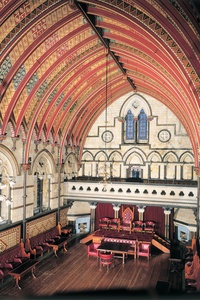
Mountfort was exceptional among colonial architects for his consistent application to his profession; apart from his first few years in Christchurch, when he ran a bookshop, took photographic portraits and taught drawing at Christ’s College, he never undertook work outside his profession. The commission to design the Canterbury Provincial Council Buildings in 1855, although not commenced until 1858, ensured a range of work from the Provincial Government and culminated in the addition of the Stone Council Chamber and Refreshment Rooms in 1865. The architecturally inventive and richly polychromed Council Chamber has received international recognition as an outstanding Victorian Gothic interior; its destruction during the Christchurch earthquakes was a catastrophic loss to our architectural heritage.
Mountfort’s career as a church architect began inauspiciously. Holy Trinity, Lyttelton, begun in 1852, was an ambitious timber-framed church with brick infill: a medieval system of construction that must have seemed appropriate to the primitive state of the new colony. However, Mountfort hadn’t counted on New Zealand timbers behaving in different ways from that of the green oak used in Britain for this type of construction; the framing twisted and warped, rendering the building unsafe. It was eventually dismantled and the timber reused elsewhere. In spite of this setback, Mountfort designed, from 1855 onwards, numerous timber churches for Anglican parishes throughout Christchurch and Canterbury, each one having, as Samuel Hurst Seager noted in 1900, “some special feature making it distinctive; yet in all there is an expression of individual feeling, giving them – simple and inexpensive though they are — a high place among our architectural works”. These qualities were celebrated 50 years later in W.A. Sutton’s iconic, regionalist landscape, Nor’wester in the cemetery (1950). Mountfort’s wooden churches range in size from the tiny St Peter’s, Teddington, (1871) to the grand at St Paul’s, Papanui, (1876–1878) but all share a common vocabulary of steeply pitched roofs, vertical board and batten cladding, active string courses that reflect the liturgical functions of the interior, open timber roofs and, in the larger examples, arcades of massive timber posts with arched braces. Amongst this wealth of wooden buildings, St Mary’s, Otaio, in South Canterbury, is a notable exception, a jewel-like memorial church of crisply detailed limestone, looking as fresh today as it did when it was completed in 1880.
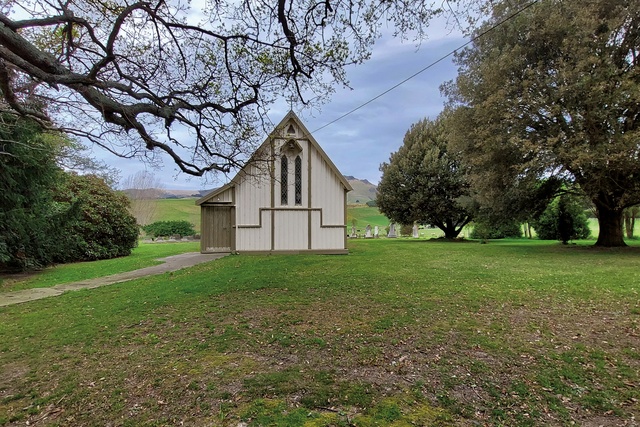
Although he was initially unsuccessful in gaining the position of supervising architect for George Gilbert Scott’s design for Christ Church Cathedral when construction began in 1864, he assumed that role when work recommenced in earnest in 1873 and saw the building through to the completion of nave and tower in 1881. He was responsible for the redesign of the spire and the furnishing of the building, as well as for the temporary wooden chancel that served until the completion of the transepts and choir in 1901. By the mid-1870s, with work on the Cathedral advancing, Mountfort was engaged in a wide range of buildings that helped to define the architectural character of Victorian Christchurch.
At the Canterbury Museum, between 1870 and 1882, he designed, in stone and timber, a sequence of galleries that was a colonial response to the iron and glass halls of Deane and Woodward’s Oxford University Museum of Natural History (1855–1860). Adjacent to the museum, his buildings for Canterbury College evolved over the next two decades, from 1876 to 1896, into a remarkable complex of Victorian Gothic buildings, establishing the architectural character of the college to which subsequent architects adhered well into the 20th century.
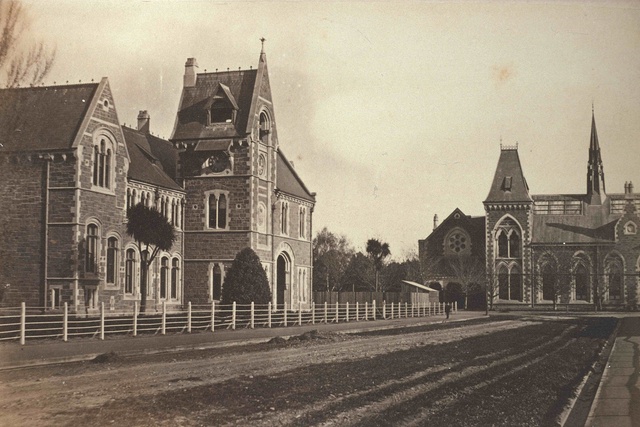
Mountfort’s use of a saddleback roof on the clock tower of his first college building and the segmental arch of its entrance gave Canterbury College a distinctly different architectural character from that of the neighbouring museum; he clearly wanted to ensure that the city’s architecture achieved variety while still conforming to the dominant Gothic Revival style. The Great Hall of what is now The Arts Centre of Christchurch Te Matatiki Toi Ora shows the freedom that Mountfort had achieved by the 1880s in manipulating the vocabulary of medieval architecture in an original and personal way. The form of the roof is generated by the segmental arch of the large, north window. Its curvature defines the shape of the ridge and furrow ceiling and necessitated the reduction of the interior roof span through the use of hammer beams. Although the components of the design are traditional, they are combined in an unexpected and original manner. Unlike the polychromatic richness of the earlier Provincial Council Chamber, the College Hall uses a more subtle palette, creating what was described as a ‘symphony of native timbers’ through the juxtaposition of woods from different native species.
Throughout a career of nearly 50 years in New Zealand, Mountfort maintained exemplary professional standards and was, in his role as first president of the Canterbury Association of Architects, a pioneer in the process that led to the foundation of the New Zealand Institute of Architects in 1905. He was adventurous in exploring new materials, including both concrete and iron, and his designs for furniture and stained glass reveal the same inventiveness as that applied to his buildings. Almost 60 years ago, Paul Pascoe, a pioneering modernist, recognised the significance of Mountfort’s contribution to New Zealand architecture, describing him as “an architectural giant among the sandhills, swamps and open spaces of the Canterbury Plains… a genius working in the raw materials and severely crude limitations of the early days…”. Pascoe recognised Mountfort as a founding father of New Zealand architecture and it is for this achievement, 200 years after his birth, that we should continue to celebrate him today.

